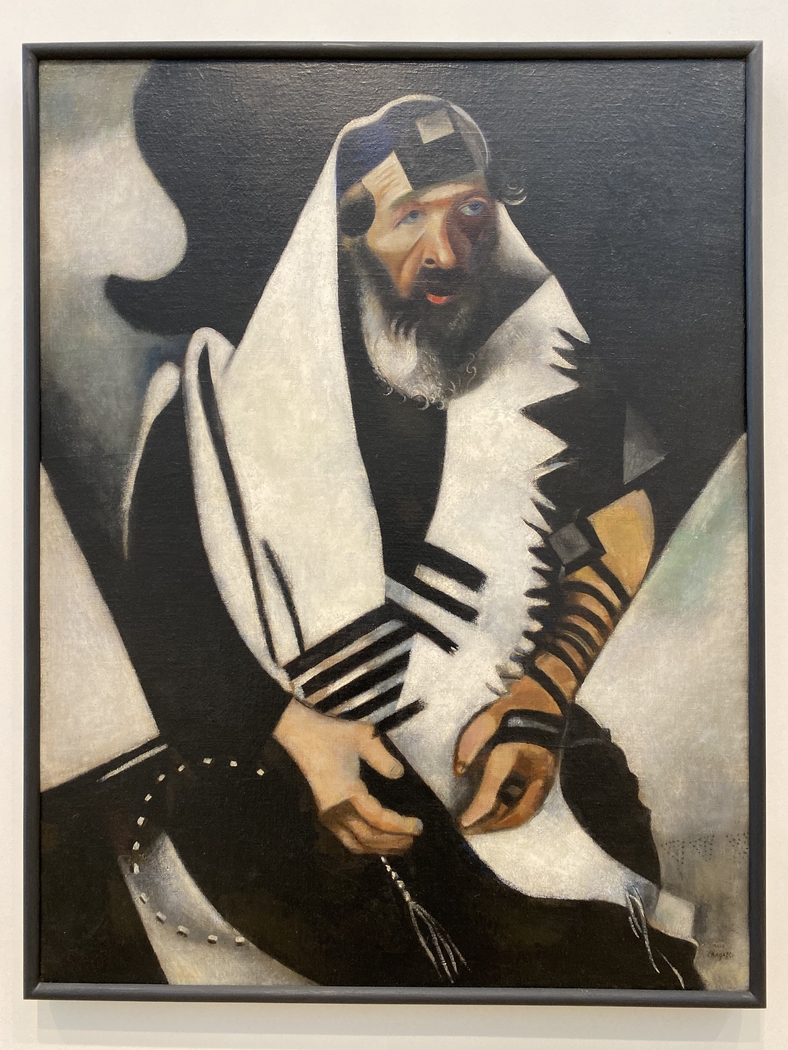
Tags
Loading...
Select from existing tags
The Praying Jew 1923
by Marc Chagall
Marc Chagall had a prolific career that spanned more than eight decades of the twentieth century. While his work often exhibits influences of the contemporary movements he encountered in France and Germany, his subjects and decorative lyricism reveal his love of Russian folk art and his roots in Hasidic Judaism.
[br]
In his 1931 autobiography, [i]My Life[/i], Chagall rela...
- Size:
- 46 × 35 3/16 in. (116.8 × 89.4 cm)
- Medium:
- Oil on canvas
- Credit:
- © 2018 Artists Rights Society (ARS), New York / ADAGP, Paris
More from this artist...
Loading...

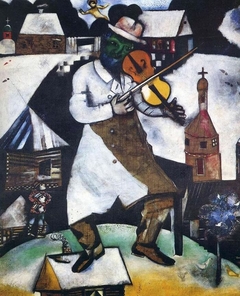
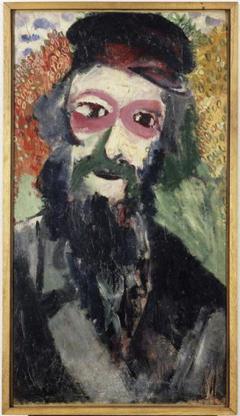
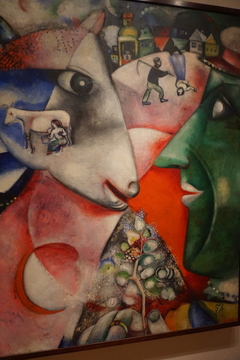


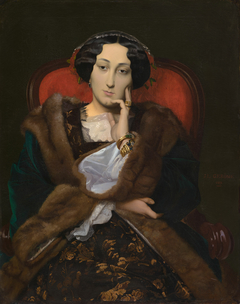
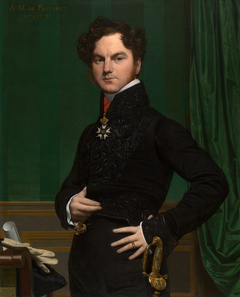


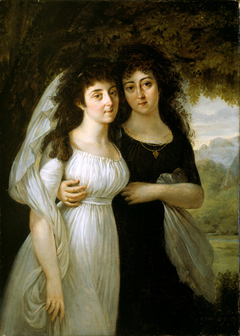
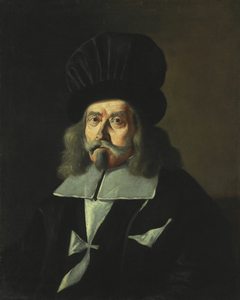

Discussion